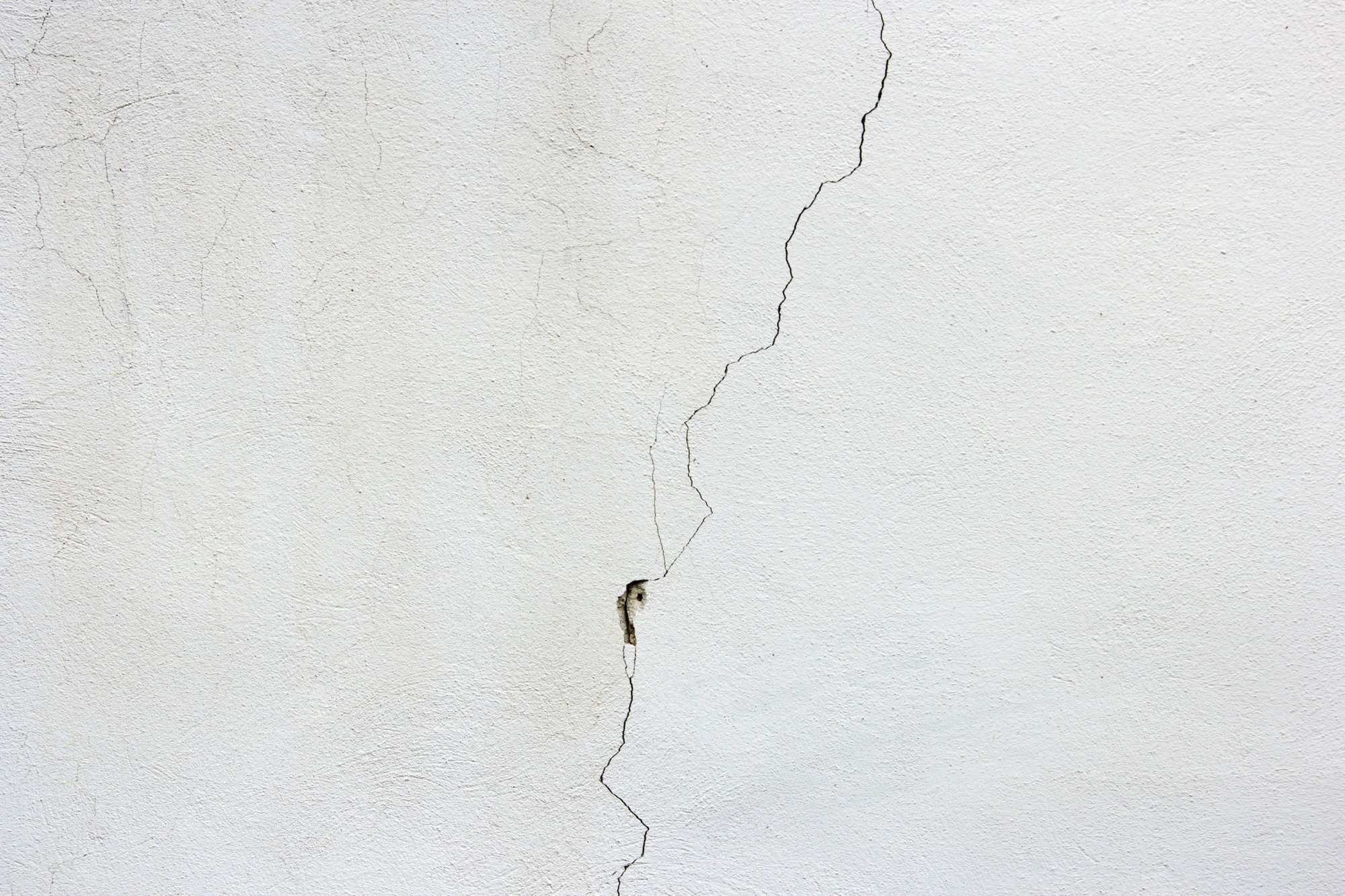
Stucco has been used in building structures for thousands of years. The earliest known use of the substance dates back to 7,500 BC. The ancient plaster was used to coat interior and exterior walls, creating a more sturdy structure.
While stucco is a reliable building material that’s been trusted by builders for many years, it’s not without its flaws. One of the drawbacks of stucco is that it can crack. Repairing cracks in stucco is something that you should act on immediately before the problem gets worse.
This guide will discuss when you should repair cracked or damaged stucco. Partner with an experienced construction company in your area to remedy the problem immediately.
When Should I Repair Cracks in My Stucco?
Generally speaking, you should repair cracks in your stucco as soon as you see them. Most cracks signify other stucco problems.
The main area of concern isn’t always the crack itself. Moisture can seep in through the void, causing future issues. Let’s talk about the most common types of stucco cracks.
Hairline Cracks
Hairline cracks are typically 1/8″ thick. As water seeps into the crack, the interior stucco will start to soften. Some problems you might encounter in the future include:
- Mold
- Wood rot
- Peeling paint
- Swollen drywall
Hairline cracks don’t usually mean that something is currently wrong with your stucco. However, you might run into some of the above problems if you don’t fix them right away.
Spider Cracks
Spider cracks appear in the stucco because the base coat didn’t properly cure. Other reasons you might be seeing spider cracks include:
- Improper temperature setting
- Wet mix
Diagonal Cracking
Diagonal cracking might be caused by your structure settling or shifting. These cracks will look different than hairline ones because they’re bigger. You’ll usually notice diagonal cracking around your windows or doors.
Patterned Cracking
Patterned cracks look like a grid and have horizontal and vertical lines that overlap. These types of cracks mean that the lath wasn’t installed properly during the application process. The lath is the metal mesh that serves as the foundation for the stucco to stick to.
How Do I Fix Stucco Cracks?
The steps you take to repair your stucco cracks depend on what’s causing them. Hairline cracks are easy to repatch and fill in.
Other types of stucco cracks are more challenging to fix because they’re caused by bigger issues. For example, patterned cracking is a result of an improperly installed lath. To fix this problem, you’ll need to have your lath removed and replaced.
No matter what type of cracks you’re dealing with, it’s important to have an experienced company look at them. They’ll help you develop a plan of attack to stop the cracks before they get worse.
Get Help With Repairing Cracks in Stucco
Repairing cracks in stucco can be a complicated project for the average business owner. You might think you’re dealing with minor stucco cracks, only to realize you have a more serious problem on your hand. That’s why staying on top of your stucco maintenance is important.
CoreCom Commercial Painting is here to help you with your stucco repair. Reach out to us today to request a quote.
